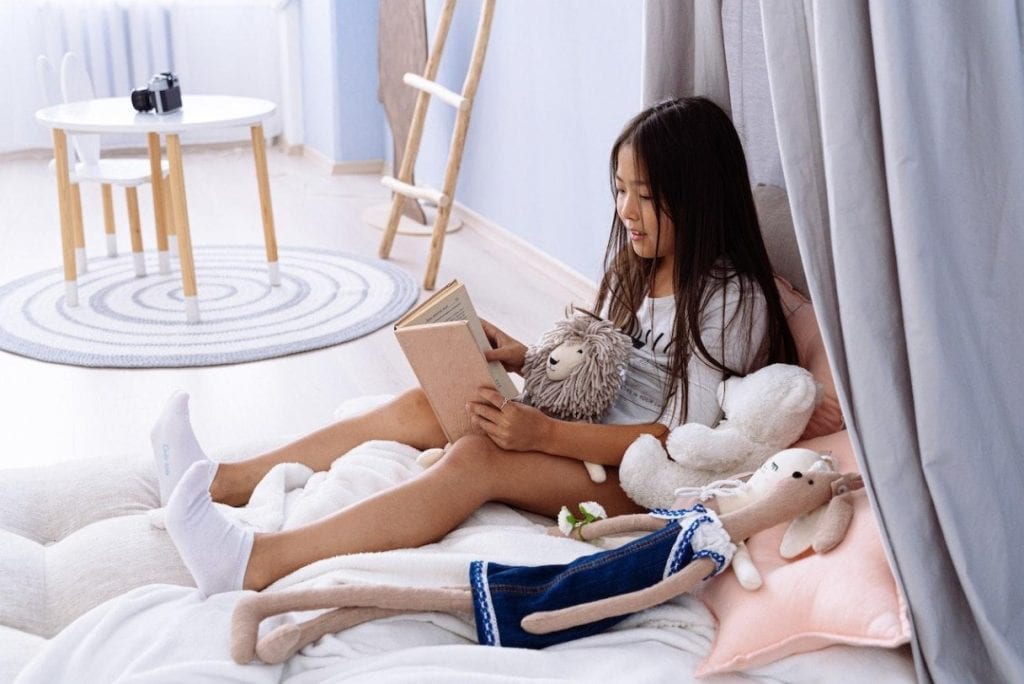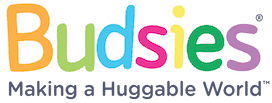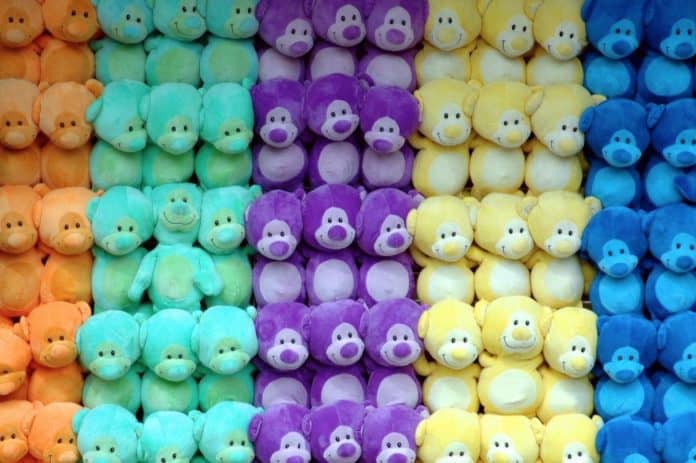Parents have been giving soft toys to their children for ages now. Perhaps what started with ragdolls made with leftover fabric pieces turned into a whole army of animals made with high-quality materials. But have you ever thought about why stuffed toys are so popular and why kids of every age are obsessed with them?
Apart from being amazing playmates, these plushies play a crucial role in a child’s development. And you can foster critical skills and aid learning in your kid by using these toys, just like you use a professional write my essays service to complete assignments and improve your grades.
To help you point in the right direction, here are five educational benefits you can reap from stuffed animals for your child.
They Teach Kids to Express Emotions
Expressing emotions is an essential skill that most kids don’t learn easily. They may either not realize their own feelings or learn to express them in the wrong way if not guided at an early age. Stuffed animals are a great tool to teach children about emotions and help them convey what they feel. Professional dissertation writing service from top academic services also vouch for this method to teach kids the art of expression.
Kids can be seen showing their emotions on their plushies by hugging them, throwing them, patting them, etc. You can also encourage expression by letting kids tell their soft toys how they feel. In situations where a stuffed animal is stepped on, gets hit, or gets hurt by falling on the ground, teach your child to show empathy, soothe the hurt toy, and say words of comfort.
They Make Great Reading Buddies

Kids find motivation through actions. Besides, plain boring reading activities don’t excite children. But if you make such activities fun, you can find your kids taking a genuine interest in the activity.
Stuffed animals can do the job for you. Make one or two soft toys sit with your kid when you read to them. Direct your reading to the stuffed toys too. Once in a while, encourage your child to read aloud with you. Slowly, start to read and then transfer the job to your kid entirely, where they read to their reading buddies.
This is a great way to introduce reading to your little one and turn it into a habit. Most kids simply squeeze onto their plushies, behave as if the toy is also looking at the book, and read together.
They Nurture Creativity and Imagination
Stuffed animals create a whole imaginary universe for your child. Children usually are not bothered by the appearance of these toys and give them roles based on the game they are playing. So, for example, when your kid is a teacher, the whole army of stuffed animals will become students with given names.
Similarly, a plushy can become a princess, a patient, an astronaut, and whatnot. Stuffed animals foster creativity and aid their imaginations. When kids weave imaginary stories and place their toy buddies in different characters, they develop problem-solving, critical thinking, and story-telling abilities too. Stuffed animals are found to develop motivation to learn in children.
They Help Kids Develop Manners and Social Skills

Stuffed animals are a child’s first best friend. Most children never let go of their plushies while they perform daily activities, such as brushing their teeth and throwing waste in the dustbin. Kids also love to imitate adults in everything they do. In this pursuit, they become their stuffed animal’s caregiver.
So, your child may name their plushies, tuck them in bed, feed them, teach manners, and treat them like a baby. Kids learn manners and reimpose them on their soft toys. Parents can take this even further by putting stuffed animals in different situations and teaching kids behavioral etiquette.
For example, you can put one in a situation where other animals are making fun of it, and it is feeling sad. Now you can ask your child how they would deal with the animal in such a scenario. Kids can learn to deal with real people with empathy, reasoning, and kindness through stuffed buddies.
They Help in Language Development
You leave a kid with their soft toys, and you will find them interacting with their mute buddies. Stuffed animals are often treated by children as real friends. So, when your kid is developing their communication ability, the toys become their silent listeners. They will even pause for the toy’s response and continue the conversation as a real one.
You can also take this benefit up a notch by becoming the voice of their favorite stuffed toy and communicating with your little one pretending to be the toy. This fun and engaging activity will help your child develop effective language skills and boost their confidence. The best paper writing services can help you manage your assignments while you help your kid in their initial years of learning.
The Bottom Line
The soft and cozy build of stuffed animals provides comfort and often serves as a stress reliever for kids of all age groups, which is evident for parents and teachers. However, very few understand the educational value these toys offer. Now that you know the benefits of stuffed animals, you can use them to foster learning and development in your little one’s growth years.



